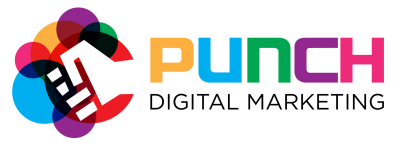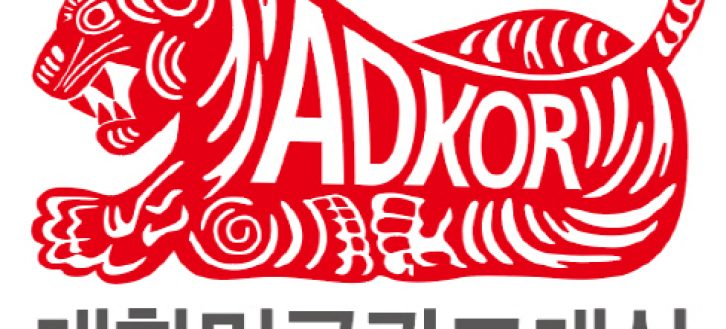Which Korean ads won prizes and what does research about Korean ads say?
In this blog post you will find the posters and videos that won prizes at the 2023 Korea Advertising Awards hosted by the KFAA (Korean Federation of Advertising Associations). Source: https://adawards.ad.co.kr/annual/winners
https://m.edaily.co.kr/news/read?newsId=02961846622682440&mediaCodeNo=257
Also, we share research about common and effective Korean ad creative and copy styles.
2023 Grand prize winners
Communication design
OOH
Craft
Promotion
Performance marketing
Public service announcement
TV video short
TV video series
Online video short
Online video series
Audio
Creative strategy
Social communication
Branded contents
Innovation
Research: Korean advertising style
Below we share findings from research about Korean ads.
- Showing a luxury brand’s logo / name in the ad leads to higher engagement levels. Showing the luxury brand’s logo / name in the ad creative (image) gets positive responses, but only if that is done in modesty.
- “Findings showed that brand information (i.e. size of the brand logo and brand name) tended to lead to lower engagement levels in general, although luxury brands showed the opposite pattern. More interestingly, while providing luxury brand information in the image invited positive responses, there seemed to be backfire effects when such information (i.e. brand name) was highly prominent. In addition, sharing promotional information was likely to prompt a lower level of interaction.” https://www.tandfonline.com/doi/abs/10.1080/02650487.2022.2073133
- Koreans found an ad (promoting tomato juice) more truthful (juice’s purity) when they saw an image of a tomato first instead of the actual juice.
- “Specifically, field-independent individuals (US participants) estimated higher product purity when the product information was presented first, followed by the attribute information, whereas field-dependent individuals (Korean participants) estimated higher product purity in the reverse order condition.” https://onlinelibrary.wiley.com/doi/full/10.1002/mar.21877
- In Korea, collectivist messages are more persuasive than individualistic ones
- Thus, two of the first studies on this topic (Han and Shavitt, 1994, Kim and Markus, 1999) showed that magazine advertisements in the U.S. tended to focus more on hedonism, uniqueness, and personal satisfaction than Korean ads did, whereas Korean ads focused more on harmony, conformity, and in-group benefits than U.S. ads did. A similar pattern emerged from experiments assessing which types of appeals were more persuasive in each country (Han and Shavitt 1994). Individualistic appeals (“Solo [laundry detergent] cleans with a softness you will love”) were more persuasive for participants in the U.S. versus Korea, whereas collectivistic appeals (“Solo cleans with a softness your family will love”) were more persuasive for participants in Korea versus the U.S. (Han and Shavitt 1994). https://www.sciencedirect.com/science/article/pii/S0022435919300867
- Unique and distinctive ads are important.
- “Coffee shops need to create unique and distinctive advertising messages in various communication platforms to develop favorable brand identification.” https://www.emerald.com/insight/content/doi/10.1108/JHTI-07-2019-0097/full/html
- Most used ad slogans are “affective”, describing a speaker’s personal feelings. As for language style, the one most used is a dry style (건조체 = geonjoche) because the sentences are clear and give an objective impression.
- “In this study, of the 30 slogans of Korean beverage advertisements 2019, the meaning most often used in the 2019 Korean beverage advertisement slogan that has been found is affective meaning, it’s related to a language style that aims to react to listeners or readers to buy the products offered. The language style most often used in the 2019 Korean beverage advertisement slogan that has been found is 건조체 (geonjoche), because in the beverage advertisement slogans that have been found many use a simple writing style that only wants to be said without modifiers and the sentences are clear so as to give an objective impression that focuses on delivery of the advertised product.” https://pdfs.semanticscholar.org/650d/137c94e670fcba87f03b0bdcc2a1926e0bda.pdf (PDF)
- Brand advertising boosted the company’s reputation more than it altered the brand’s image.
- “brand advertising was found to be more effective in enhancing corporate image then brand image.” https://www.koreacf.or.kr/lit/paper/download.xhr?objectType=LP&objectUkey=1361&fileName=1361.pdf (PDF)





No Responses